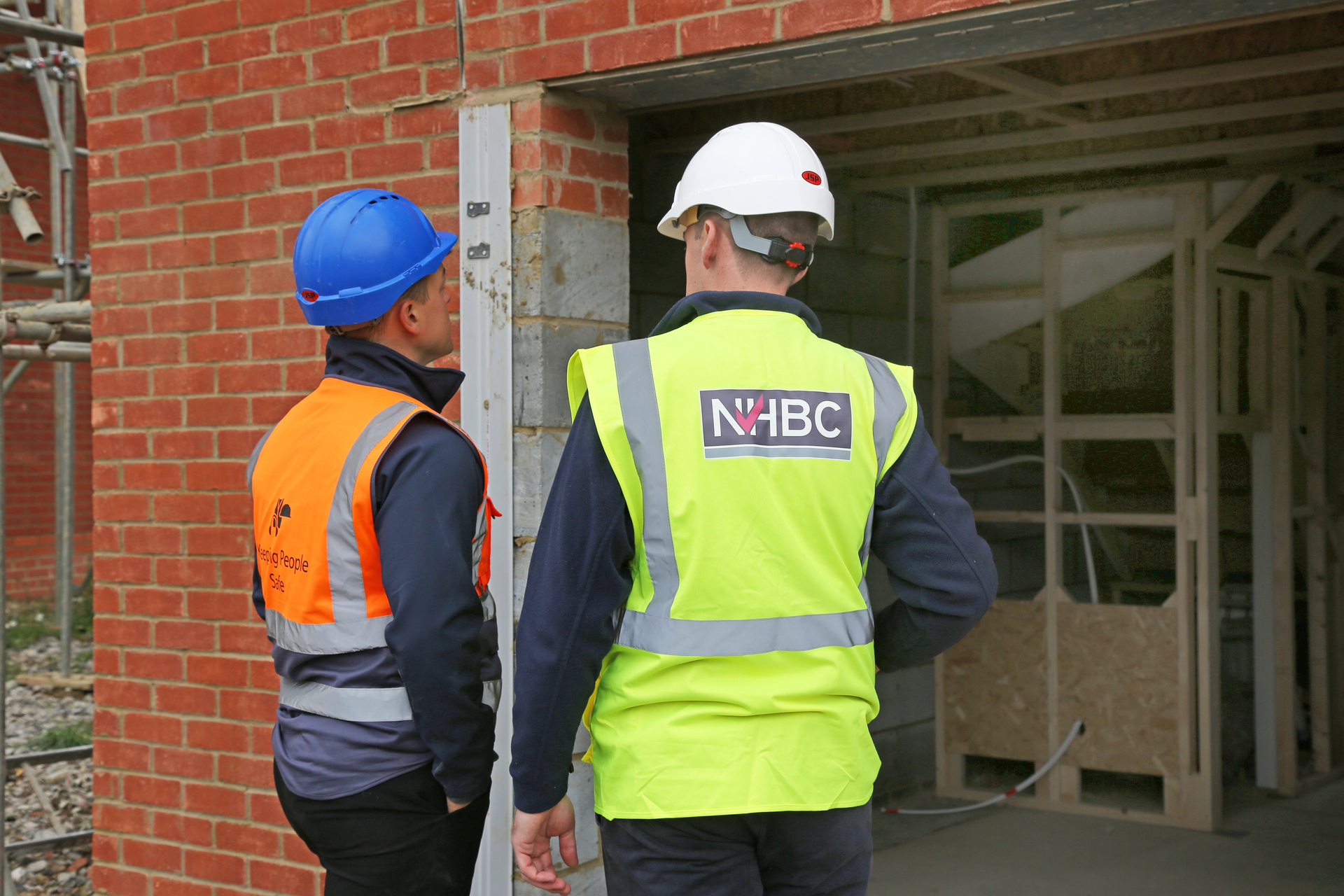Technical news
Stay ahead of the competition with the latest technical news and updates.
Find out moreNovember 2022

The Government has recently announced their review of the effectiveness of amendments to Building Regulations in England (effective from 21 December 2018) that banned the use of combustible materials in and on the external walls of buildings with a storey at least 18 metres above ground level that contain one or more dwellings, an institution, or a room for residential purposes (excluding hostels, hotels or a boarding house).
The amendments included a requirement for cavity trays within masonry cladding and framed backing walls of relevant buildings to achieve a reaction to fire classification of A2-s1, d0 or A1.
However, the recent Government review introduces details of a temporary 18-month exemption of these requirements in relation to the use of cavity trays in all forms of construction, effective from 1 June 2022. To clarify, this means it is not a requirement of the Building Regulations in England to install non-combustible cavity trays to buildings as described above if the Building Regulations Application or Initial Notice was served after 1 June 2022.
Full details of the review can be found using the following links:
Circular letter 02/2022 (publishing.service.gov.uk)
Direction under the Building Act 1984: Dispensation for cavity trays (publishing.service.gov.uk)
Amendments have also been made to the Scottish Domestic Handbook which will be applicable from 1 December 2022.
Cavity trays in high-rise buildings
High-rise buildings are highly exposed to wind driven rain and the function of cavity trays is to prevent water from penetrating to the interior of buildings and causing damage. As cavity trays are embedded within the building envelope, they are inaccessible for inspection, repair, and maintenance.
Industry liaison
Following the amendments to Building Regulations in 2018, we have worked collaboratively with industry stakeholders including developers, product manufacturers and product certification bodies to achieve compliance with NHBC Standards by promoting and supporting the development and use of non-combustible systemised cavity trays including preformed units for corners, vertical steps, staggers, stop ends and other complex details that are independently assessed as being fit for purpose.
Our position following the introduction of the exemption period
Following the Government’s temporary 18-month exemption on cavity trays installed in relevant buildings needing to achieve A2-s1, d0 or A1 reaction to fire classification, we are continuing to encourage the use of non-combustible trays during this period.
At present, it is unclear how buildings should be treated after the temporary relaxation has expired in December 2023 and further clarification is being sought from Government. We will provide a further update once clarification is provided.
For Buildmark warranty purposes any cavity tray system in the external walls of relevant buildings in England, Wales, Scotland, and Northern Ireland should hold independent product certification by a product certification body acceptable to NHBC regardless of whether they are required to achieve A2-s1, d0, or A1 by Building Regulations. Cavity tray systems should be used fully in accordance with their product certifications. This includes the use of proprietary preformed units including corners, steps, and staggers to simplify detailing of complex junctions. NHBC will not accept site made corners, steps and staggers unless they are covered within the product certification.
Information on certification bodies acceptable to NHBC is provided in our Technical Guidance Note 2.1/20 which is available here.
Questions?
Please direct any queries to your local NHBC Building Inspector or Inspection Manager in the first instance.
Stay ahead of the competition with the latest technical news and updates.
Find out moreTo help you interpret and apply the NHBC Standards we produce Technical Guidance Documents on the page below.
Find out moreNHBC is uniquely placed to offer relevant, best practice technical training.
View coursesYour essential guide to house building from foundations to roofs and finishing.
Read moreTechnical queries and quotes